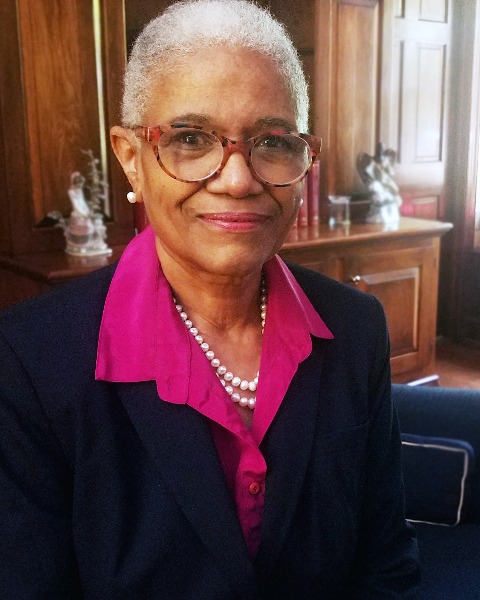Workshop
Sheraton Conference Center - 3rd Floor
Educator Sexual Abuse: Offenders in the Largest of Youth Serving Organizations (REPEAT)
Monday, August 7, 2023
5:15 PM - 6:30 PM CST
Room: Houston B/C
CE: 1.25
75 minutes
Intermediate
Law Enforcement, Prosecutor, Probation/Parole, Victim Advocate, Medical, Forensic Interviewer, Therapist, CPS, CAC, All Professions
Intermediate
Law Enforcement, Prosecutor, Probation/Parole, Victim Advocate, Medical, Forensic Interviewer, Therapist, CPS, CAC, All Professions

Sharon Cooper
CEO
Developmental Forensic Pediatrics
Primary Presenter(s)
Educator sexual abuse occurs in many venues and by all genders but it has the three components of being a behavior committed by an adult, is directed at a student, and behaviors that are intended to sexually arouse or titillate the adult or the child. This presentation will underscore the various types of sexual abuse that commonly occur in schools, the most common locations in a school, and the fact that greater than 50% of cases involve middle or high school students. Numerous case examples will be presented with a focus on the easiest type of offender behavior: frotteurism. From an investigative perspective, strategies will be discussed as well as a review of recent research that affirms that delayed disclosure is the rule more so than the exception. Courtroom strategies will be reviewed to assist in convincing juries of the intent of the offender.
Learning Objectives:
- Participants will review the definitions and examples of educator offender grooming behavior
- Participants will review the DSM5 definition of Frotteuristic Disorder and how this behavior might be described by young children in the classroom
- Participants will discuss several specific cases of school personnel sexual abuse of children and how this form of victimization may present
